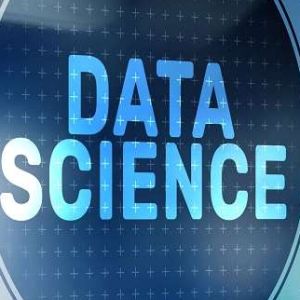Top 6 NLP Techniques Used In Data SciencePosted by sairaj tamse on July 13th, 2022 Natural language processing is the area of data science that receives the most attention. It's intriguing, fascinating, and has the potential to change how we now see technology. Technology is simply one aspect of how it might change our perception of human languages. Because it combines human languages with technology, natural language processing has received much too much attention and traction from academics and the industry. People have imagined building computer programmes that can understand human languages ever since the invention of computers.
Lemmatization methods were created to address stemming drawbacks. Lemmatization algorithms must reliably extract the useful lemma from each word to function. As a result, they frequently need a dictionary of the native tongue in order to properly classify each word. To extract the infinitive form of a word using these types of algorithms, certain linguistic and grammar knowledge must be provided to the algorithm.
Stemming is a group of algorithms that produce the world's infinitive form by chopping off the end of the word's beginning. These algorithms accomplish this by taking into account the frequent prefixes and suffixes of the language under study. Although it's not always the case, clipping the words can result in the right infinitive form. There are numerous algorithms for performing stemming; the Porter stemmer is English's most widely used one. This algorithm comprises five steps that operate to discover the word's root.
An NLP method used for text analysis is keyword extraction, often known as keyword detection or keyword analysis. The main goal of this technique is to automatically extract from a text's body the words and expressions that are used the most. It is frequently used as a first step to communicate the major points of work and to summarise its primary ideas. Artificial intelligence and machine learning are at the heart of keyword extraction methods. They are used to simplify and extract text information so the computer can understand it. The algorithm is flexible and can be utilized in various contexts, including social media posts and academic material.
NLP's fundamental and central techniques include named entity recognition, or NER, which is similar to stemming and lemmatization. NER is a method for extracting basic concepts from a text, like names of people, places, and dates, by extracting entities from the text's body. NER algorithm consists primarily of two phases. It must first identify an entity in the text before classifying it into a specific category. The training data used to create the model significantly impacts how well NER performs. The results will be more accurate the closer the training data is to the test data.
To reduce a big body of material to a few core terms and concepts, employ keyword extraction techniques, from which you can probably deduce the text's major theme. Topic modelling, which is based on unsupervised machine learning and doesn't require labelled training data, is another, more sophisticated method for determining a text's topic.
Text summarization is one of the practical and promising NLP applications. By doing so, the book's essential point is condensed from a lengthy body of text into a manageable chunk. Long news pieces and research paper summaries frequently employ this method. Advanced text summarising methods like topic modelling and keyword extraction were employed to achieve the goals they set for themselves. Two steps—extract and then abstract—are used to establish this. For more information, visit the data science course in Bangalore by Learnbay. Learn the in-demand NLP and data science skills and excel at them. Like it? Share it!More by this author |


